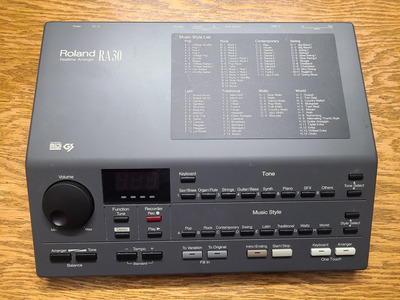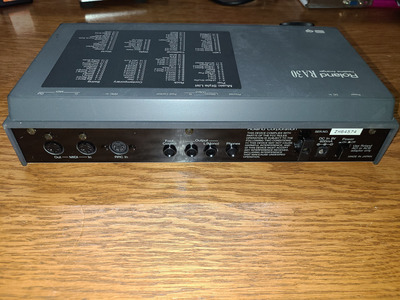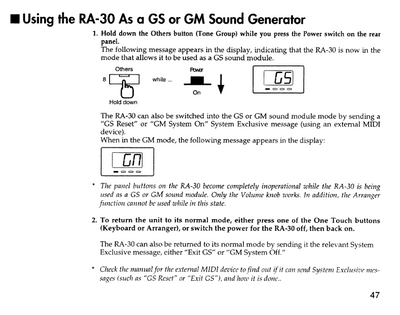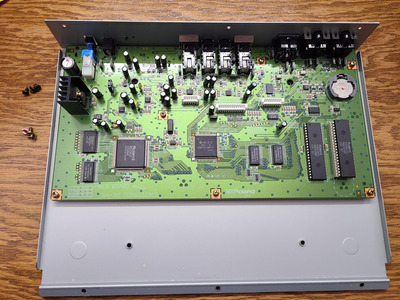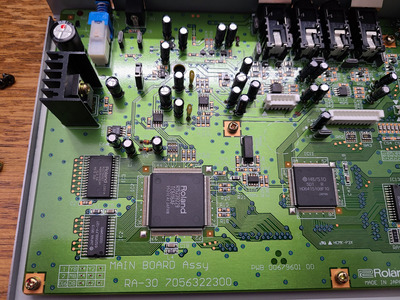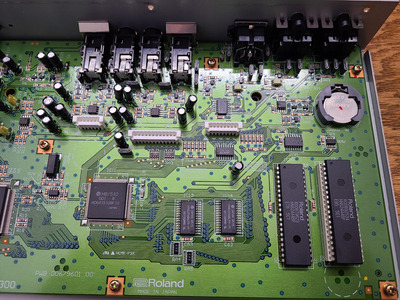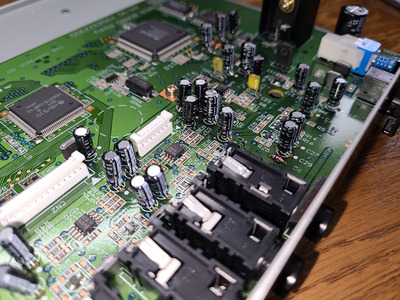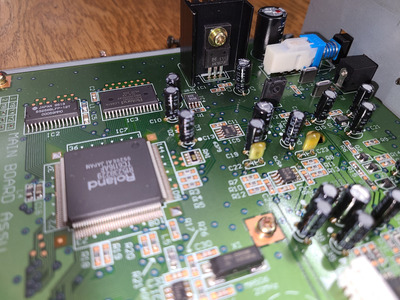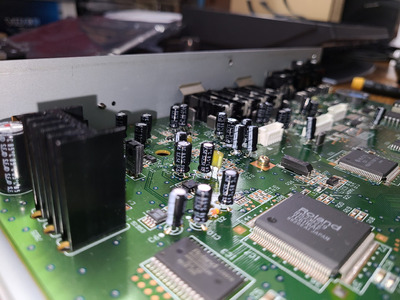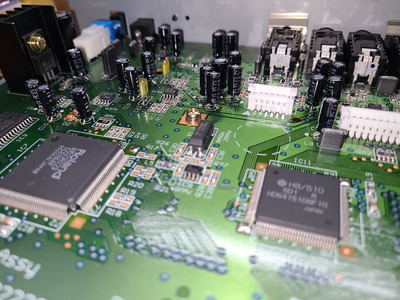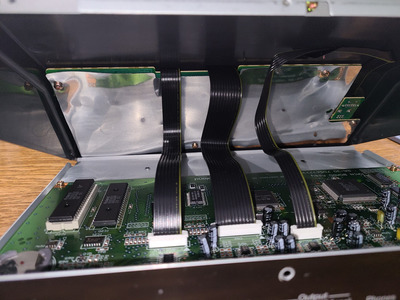First post, by Ozzuneoj
- Rank
- l33t
There isn't much on VOGONS about this particular synth, so I figured I'd make a thread as a repository of basic information about it.
Roland RA30 Realtime Arranger
As far as I can tell from looking up specs online, it should have similar MIDI playback capabilities to an SC-55, though with no ability to change instruments during playback from an external source. Since it is intended for music creation, it also has tons of configurable backing beats that it will play back using it's internal GS\GM synth. Reminds me of the old Casio keyboard I had as a kid except with much much higher quality samples.
I haven't tested it with retro games yet, but I played the demo songs and it sounds really nice.
To get it to act as a basic sound module you have to hold the "Other" key while powering it on, as described here:
This will put it into GS mode. Apparently you need to send a GM reset sysex to get it into GM mode. I'm not that familiar with GM vs GS, so if someone can chime in as to when\why you'd need to do this I'd appreciate it. 😀
The manual is also attached below. (it's 2.9MB... kind of surprised that it let me upload that...?)
Finally, here's a picture of the internals. I will post more closeups in the next post. Is it possible to tell from this picture what size\quality of samples this would have compared to other Roland GM\GS units of the time?
Also, it looks a lot like the MT-200 (minus floppy drive of course), but it seems to have been made 2-3 years later and has vastly different functions, so hopefully it won't have any of the playback issues that the early MT-200 units had which were documented and fixed in this thread a few years back.
Now for some blitting from the back buffer.
